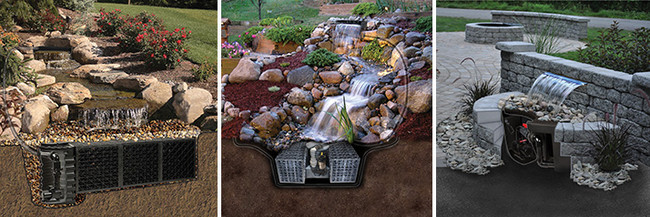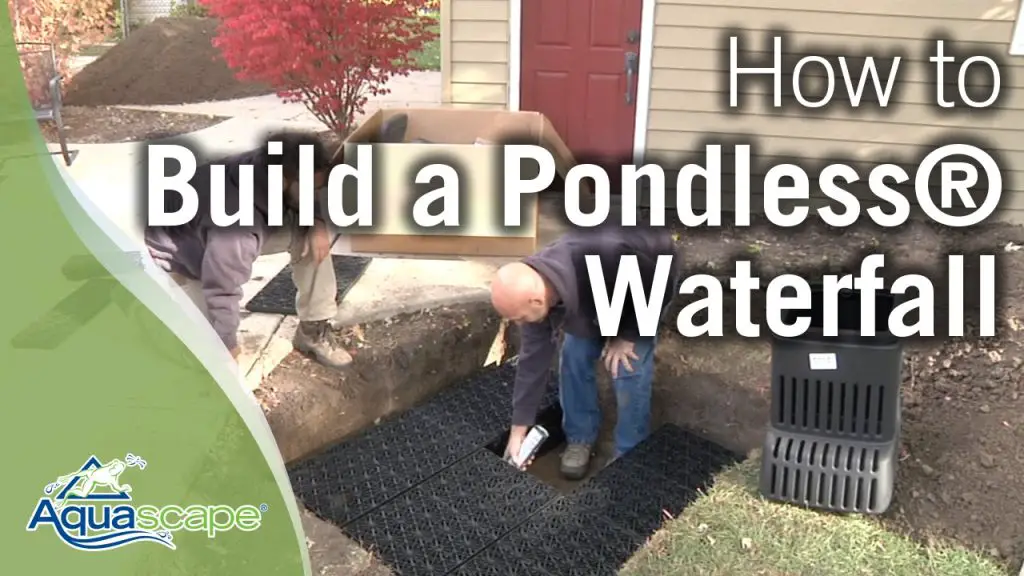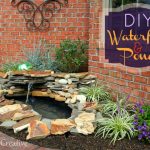Water features like ponds add a touch of tranquility and beauty to any outdoor space. However, traditional ponds require a constant water supply and maintenance, making them unsustainable and expensive to maintain. A waterless pond, on the other hand, offers a sustainable and eco-friendly alternative that requires minimal upkeep while still providing the aesthetic appeal of a traditional pond. In this article, we will explore the benefits of waterless ponds and provide a step-by-step guide on how to build one in your garden.
The Benefits of Waterless Ponds
Waterless ponds, also known as dry ponds or dry creek beds, offer several advantages over traditional water-filled ponds. Here are some of the key benefits:
- Low Maintenance: Since waterless ponds do not require a constant water supply, they are much easier to maintain than traditional ponds. There is no need to worry about algae growth, water evaporation, or the need for filtration systems.
- Cost-Effective: Building and maintaining a waterless pond is generally more affordable than a traditional pond, as there is no need for pumps, filters, or water treatments.
- Sustainable: Waterless ponds are environmentally friendly as they do not waste water or require electricity to operate. They also provide a habitat for wildlife and can help improve water conservation in your garden.
- Aesthetic Appeal: Despite being waterless, these ponds can still enhance the beauty of your garden with their natural-looking design and the soothing sound of rocks and gravel.

Credit: www.youtube.com
How to Build a Waterless Pond
Now that you understand the benefits of waterless ponds, let’s dive into the step-by-step process of building one in your garden:
1. Choose A Location
Identify a suitable location in your garden for the waterless pond. Consider factors such as sunlight exposure, proximity to trees, and the overall aesthetic of your outdoor space.
2. Design The Pond
Decide on the shape and size of the pond. You can opt for a naturalistic design with curved edges and varying depths to mimic the look of a traditional pond.
3. Excavate The Area
Use a shovel or an excavator to dig out the shape of the pond. Create varying depths to add visual interest and to provide different habitats for plants and wildlife.
4. Line The Pond
Line the excavated area with a pond liner or heavy-duty landscaping fabric to prevent weed growth and maintain the shape of the pond.
5. Add Rocks And Gravel
Place a variety of rocks and gravel around the pond to create a natural-looking bed. You can use different sizes and colors to add texture and visual appeal.
6. Choose Plants
Select a mix of aquatic and terrestrial plants to add greenery and color to the waterless pond. Choose plants that are well-suited to the local climate and soil conditions.
7. Install A Water Feature
Consider adding a small fountain, sculpture, or other decorative element to enhance the visual appeal of the waterless pond. This can also attract birds and other wildlife to your garden.
8. Add Lighting
Install outdoor lighting around the pond to highlight its features and create a magical ambiance in the evening. Solar-powered lights are a sustainable and cost-effective option.
9. Maintain The Pond
While waterless ponds require minimal maintenance, you should still keep an eye on the plants, rocks, and overall condition of the pond. Remove any debris or fallen leaves regularly to keep the pond looking its best.

Credit: waterxscapes.com
Conclusion
Building a waterless pond in your garden is a fantastic way to add a touch of nature and tranquility to your outdoor space. Not only are waterless ponds sustainable and cost-effective, but they also provide a beautiful focal point that can attract wildlife and create a relaxing atmosphere. By following the step-by-step guide outlined in this article, you can create your own waterless pond and enjoy all the benefits it has to offer.
So, why not take the plunge and build your own waterless pond today? Your garden will thank you for it!




